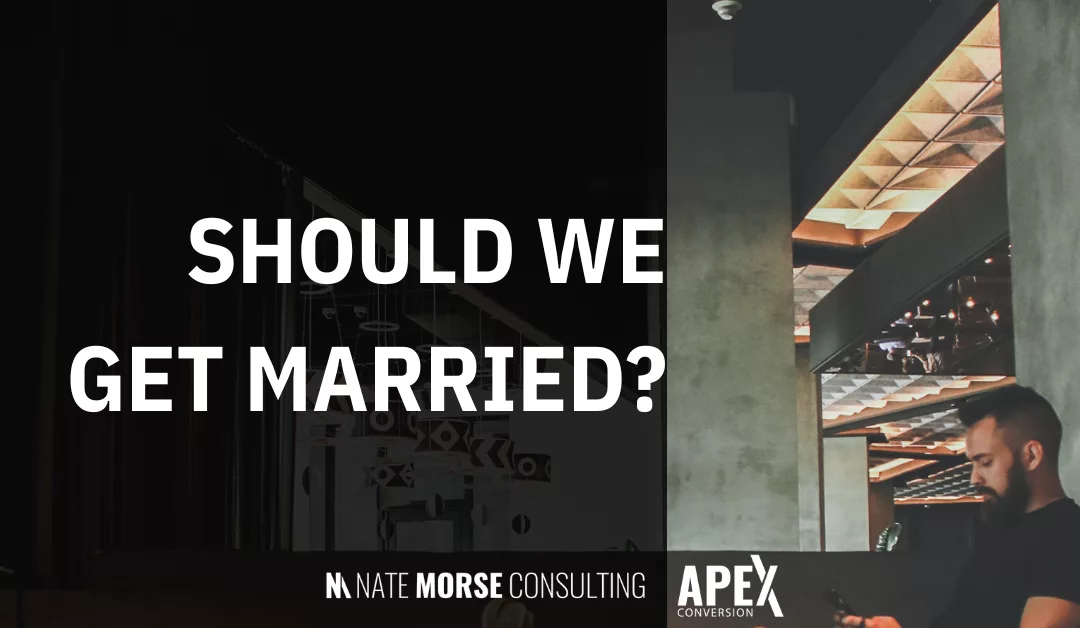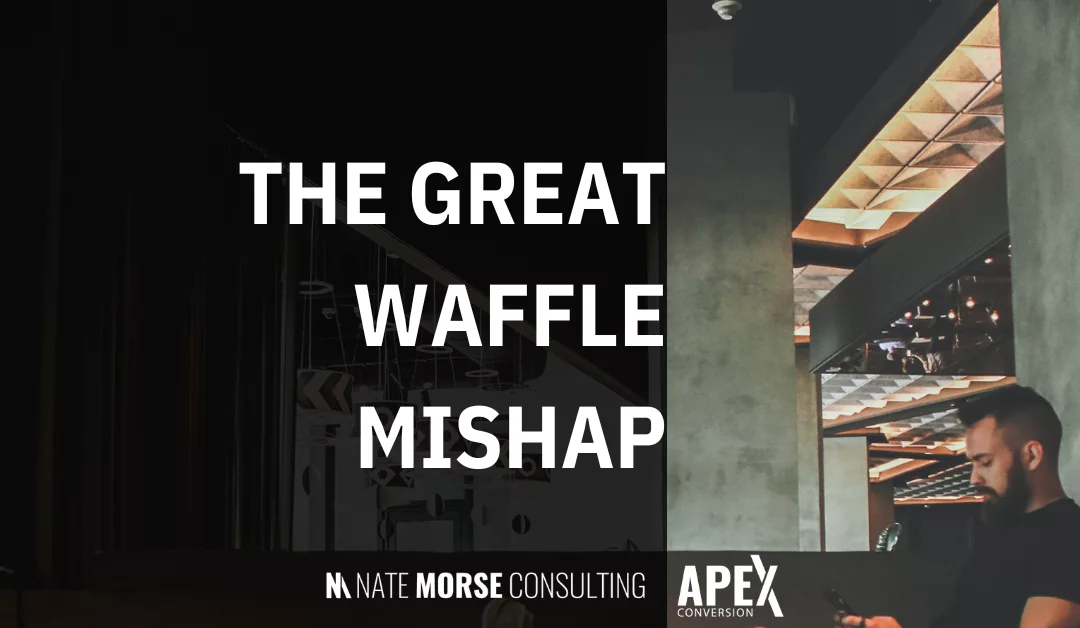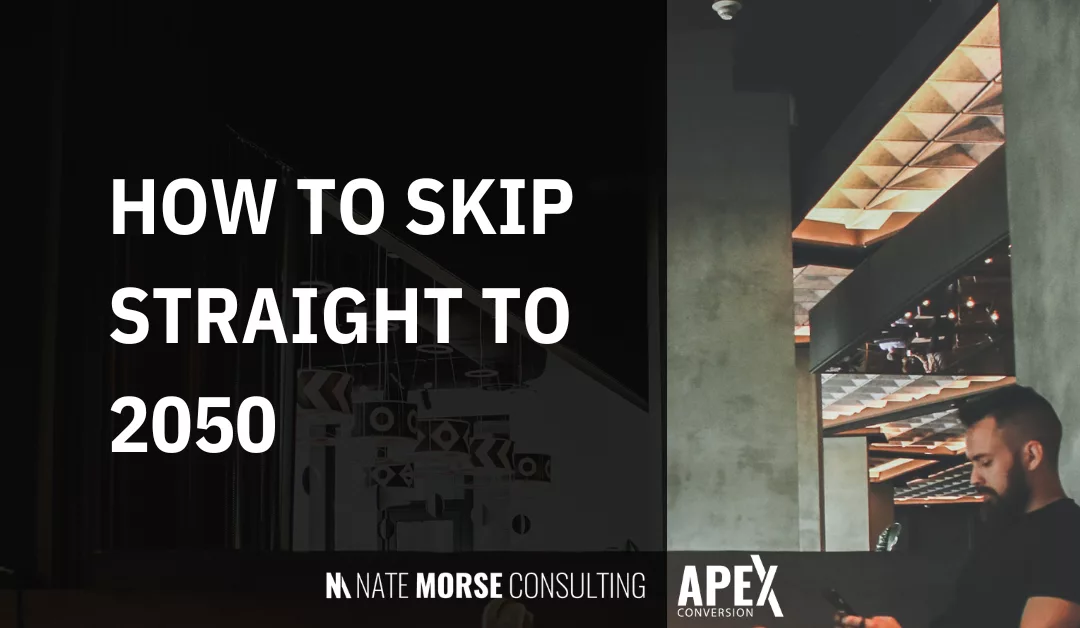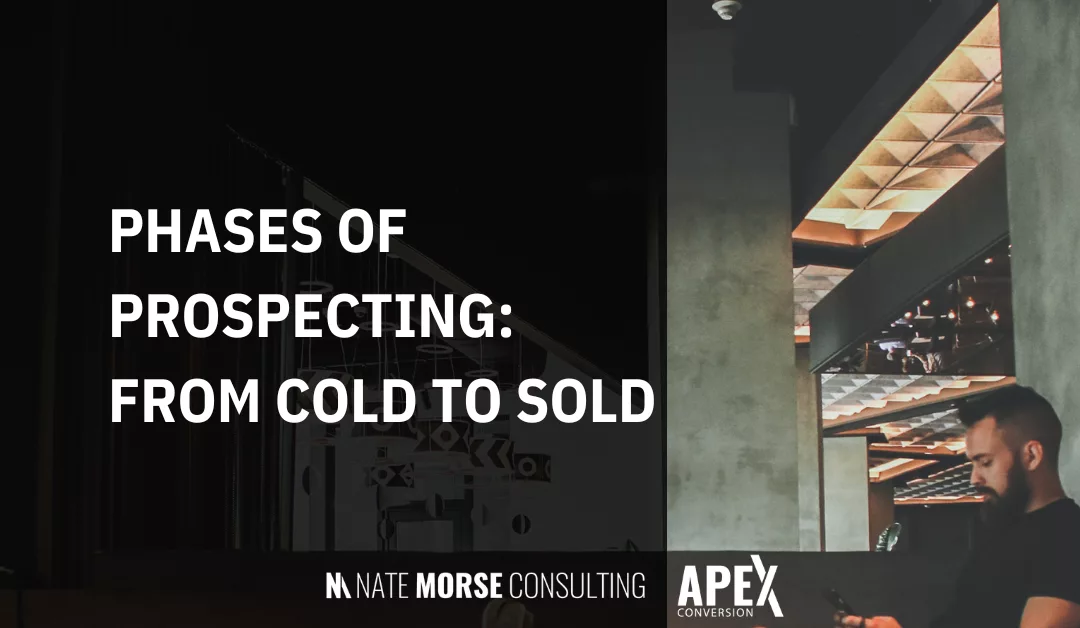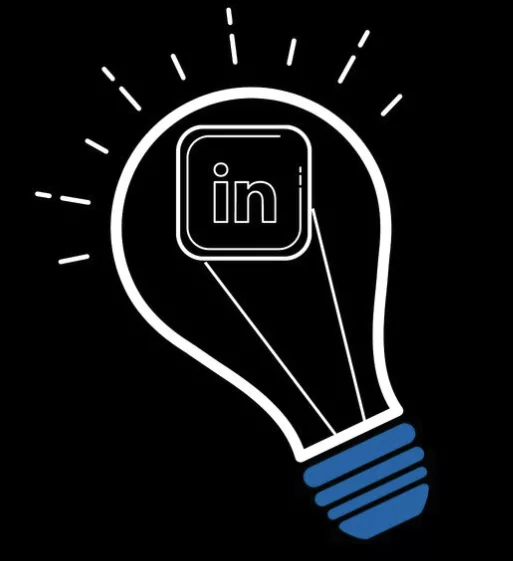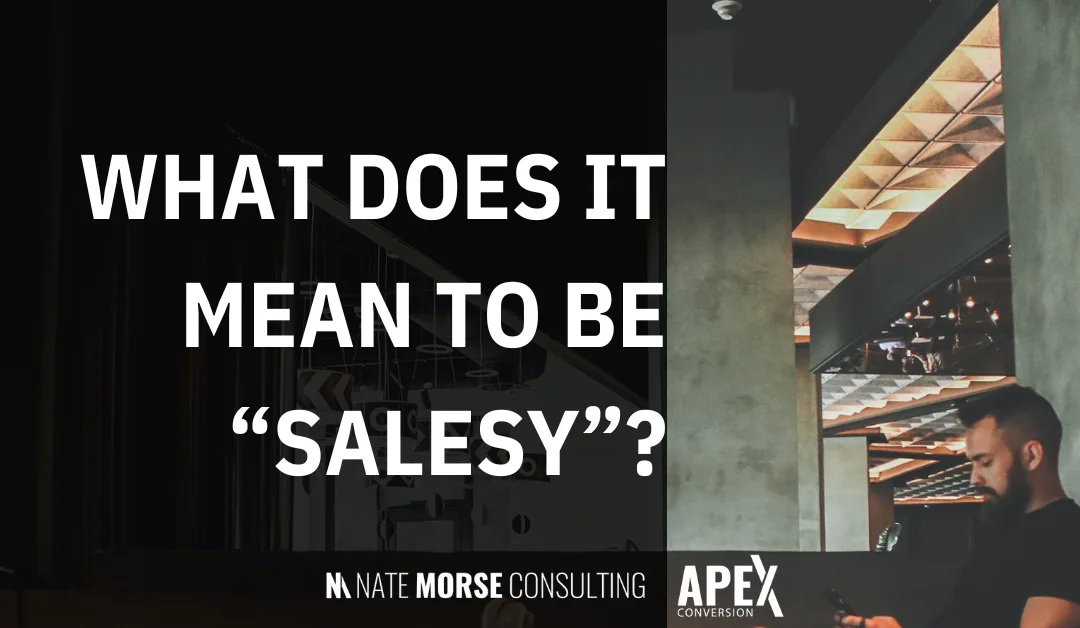
What Does It Mean To Be Salesy?
Yesterday I was having this conversation on LinkedIn.
It was going well.
We were talking about tools to help with content.
Which is a fun topic.
Then he sends this: “Are you crushing it or could your course use a boost in sales?”
I immediately get that all familiar feeling.
“Awe man, come on” I think to myself.
All the momentum the conversation had was now gone.
Feels like we’re in a new conversation.
Like a train that derailed.
It felt “Salesy”.
And “How do I not be salesy?” is a common question I get.
We know the “ick” feeling, but how do we avoid giving it?
And “salesy” doesn’t actually give that much detail why mechanically it happens.
So I wold like to take a stab at breaking it down for you
As the saying goes, “people love to buy but don’t like to be sold”.
And what I believe that’s really talking about, is change.
You see, Instead of asking if I wanted to change, with a close ended question, he could have had a way higher chance of getting me as a client if he asked open ended questions around how things are going.
If I voice I want to change, that’s me moving to the next stage of the buyer’s journey.
There is no need to push people.
Lead them.
Being the guide in the market, making your ideal future-clients the hero of their own journey is exactly what we do inside of “Perfect 50 Leads”.
There are 9 days remaining, and we still have some spots remaining.
The journey to better clients begins with you.
To get more info, make sure to subscribe to my newsletter, or if you want to get additional help, you can book a call with me.

